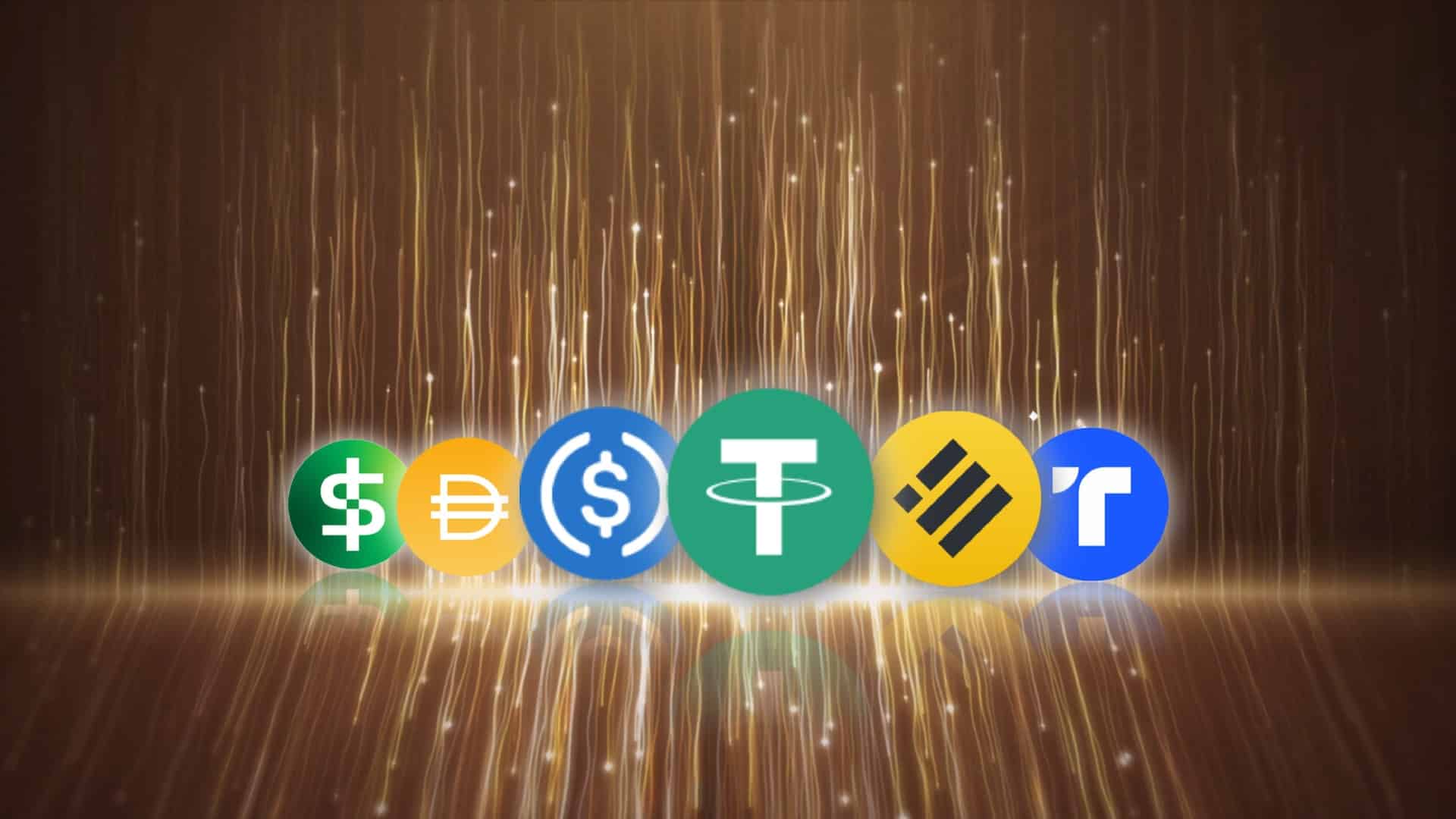
- The latest performance shows that stablecoin transactions are close to attaining the level of some of the major card payment providers.
- The lack of regulations creates a critical barrier to consumers’ active use of stablecoins for micropayments, just as they do with VISA and Mastercard.
Stablecoins are becoming an essential part of the crypto economy despite the downtrend in the digital asset market. Most exchanges have seen a surge in stablecoin trading volume in recent weeks. In recently released data, Coin Metrics revealed that on-chain stablecoin settlements have risen by more than $7 trillion in 2022 and are expected to close the year with more.
Comparing Transaction Volumes
Interestingly, the largest card payment solutions provider, VISA, facilitates about $12 trillion in transactions yearly. These metrics show that stablecoin transactions are close to attaining the level of some of the card payment providers. In some cases, have surpassed several. Speaking about the latest development, Peter Johnson, co-head of Brevan Howard Digital, noted that stablecoin payment settlements had already outperformed Mastercard and American Express.
According to him, he foresees on-chain stablecoin transactions volume surpassing VISA by 2023. He added that stablecoin transaction volume exceeds VISA and is likely to outperform the aggregate volume of the four card payment providers. However, Johnson stressed that the on-chain stablecoins do not include transaction volume on centralized exchanges, which he believes make up a large part of their trading volume.
Many observers believe that the comparison between the two entities has no basis considering that they are from two different ecosystems. Some of the observers noted that Johnson failed to distinguish between credit card volumes and stablecoin settlements, which to them, are not identical. It is worth noting that Johnson’s comparison indicates a substantial increase in stablecoin adoption.
Credit card transactions involve users’ spending, while fiat-backed crypto assets like stablecoins are associated with crypto trading.
Will Stablecoin Transactions Surpass Credit Cards?
The lack of regulations creates a critical barrier to consumers’ active use of stablecoins for micropayments, just like they do with VISA and Mastercard. With no clear guidelines regarding stablecoins, it will be difficult for consumers to use the asset to pay for utilities as they do with conventional payment cards. However, the soon-to-retire Republican Senator Pat Toomey is moving to change the narrative with his proposed stablecoin bill.
The new bill seeks to allow non-state and non-banking platforms to issue stablecoins, subject to having a federal license approved by the US Office of the Comptroller of the Currency (OCC). Stablecoin issuers must comply with the country’s public disclosure standard, provide attestations from approved accounting firms and clearly outline their redemptive policies.
The Senator, who also serves as a member of the US Banking Committee, noted that the Stablecoin TRUST Act of 2022 would be the foundation of the upcoming stablecoin legislation in 2023. The Congressman on December 21 remarked that stablecoins are exciting financial technology that could transform the payment system and how money is used. Of the entire market capitalization of the crypto industry, stablecoins make up about 16.5% representing a value of $140 billion.
Tether’s USDT currently leads the stablecoin market with 66.3 billion tokens in supply, followed by Circle’s USDC with 44.3 billion.











